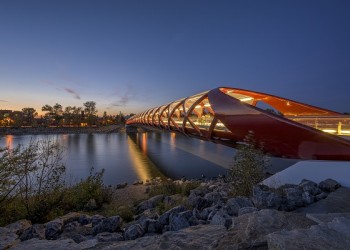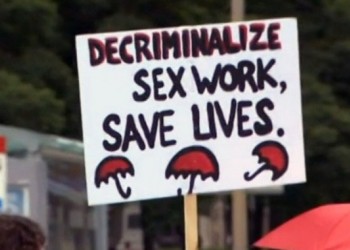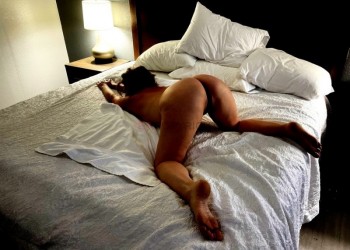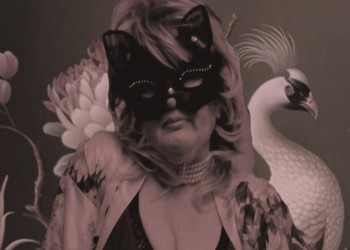The history of stripping and pole fitness
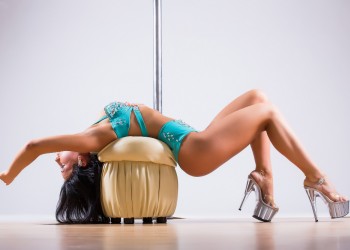
Pole fitness can be traced back to strippers in Canada in the 1970s. A group of strippers at a Canadian club decided to open up a pole studio to teach other dancers moves for the club. This was the first time that polework was taught as a form of fitness, and it quickly caught on.
Fawnia Mondey is credited as being the first person to branch out and teach civilians how to use the pole. She was also the first to create and distribute an instructional pole video which had worldwide success. Over time, as this craze swept the world and more pole studios popped up, pole became recognised as a sport and a form of fitness.
However, many pole fit dancers are trying to distance themselves from strippers, saying that they are not "real" athletes. This is despite the fact that without strippers, there would be no such thing as pole fitness! Sex workers are already heavily marginalized, and the last thing we need is for the people who borrow moves from our industry to feed into negative stereotypes.
In ancient times, stripping was often associated with religious rituals and ceremonies. Stripping was also a common form of entertainment in medieval Europe, where courtesans would perform erotic dances for guests at banquets. In the early 20th century, stripping became more popular in American sideshows and burlesque lounges. It wasn't until the late 20th century that pole fitness was invented by strippers as a way to stay fit and agile for their performances.
Despite the fact that pole fitness has its origins in stripping, manypole fit dancers try to distance themselves from that fact. They claim that pole fitness is a sport or hobby, and that it has nothing to do with strippers or sex work. However, this couldn't be further from the truth. Pole fitness is inextricably linked to stripping, and without strippers there would be no pole fitness as we know it today.
The art of the erotic dance can be traced back thousands of years to Paleolithic cave paintings and statuettes found in the Black Sea region. These dances were often performed as part of religious or spiritual rituals, and over time they evolved into a means of entertainment and profit for the performers. In th century Europe, female courtesans were paid to entertain men at lavish banquets, and by the early th century “showgirls” were common sights in burlesque theaters across Britain.

Discretion is a cornerstone of the escort industry. Clients, particularly those who are high-profile or value their privacy, rely on escorts to provide not just companionship but also a level of pr...
Read more

Read more

Identity fraud occurs in every field and aspect of life. That is why I always educate men that anonymity won't get past me. Nor will withheld numbers, false names, and all other stra...
Read more











